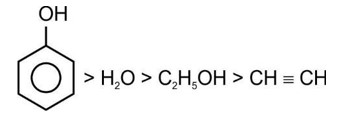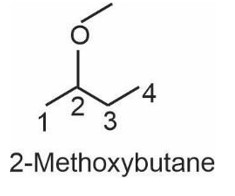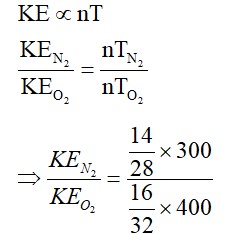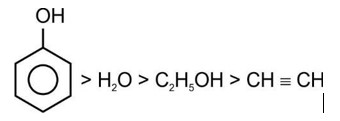11.71 Explain the following with an example. (i) Kolbe’s reaction. (ii) Reimer-Tiemann reaction. (iii) Williamson ether synthesis. (iv) Unsymmetrical ether.
11.71 Explain the following with an example. (i) Kolbe’s reaction. (ii) Reimer-Tiemann reaction. (iii) Williamson ether synthesis. (iv) Unsymmetrical ether.
-
1 Answer
-
11.71
Kolbe's Reaction: it is a carboxylation chemical reaction that proceeds by heating sodium phenoxide (the sodium salt of phenol)with carbon dioxide under pressure (100 atm,125°C), then treating the product with a sulphuric acid. The final product is salicylic acid (the precursor to aspirin).
The reaction is given as:
The mechanism is given below:
Reimer-Tiemann reaction: The Reimer Tiemann reaction is a chemical reaction used for the ortho-formylation of phenols, with the simplest example being the conversion
of phenol to salicylaldehyde.
When phenol is treated at 340K with chloroform and alkali, it forms salicylaldehyde.
Wil
...more
Similar Questions for you
Rainbow is formed due to internal reflection and dispersion.
Correct order of acidic strength
Correct order of acidic strength
Taking an Exam? Selecting a College?
Get authentic answers from experts, students and alumni that you won't find anywhere else
Sign Up on ShikshaOn Shiksha, get access to
- 65k Colleges
- 1.2k Exams
- 679k Reviews
- 1800k Answers







